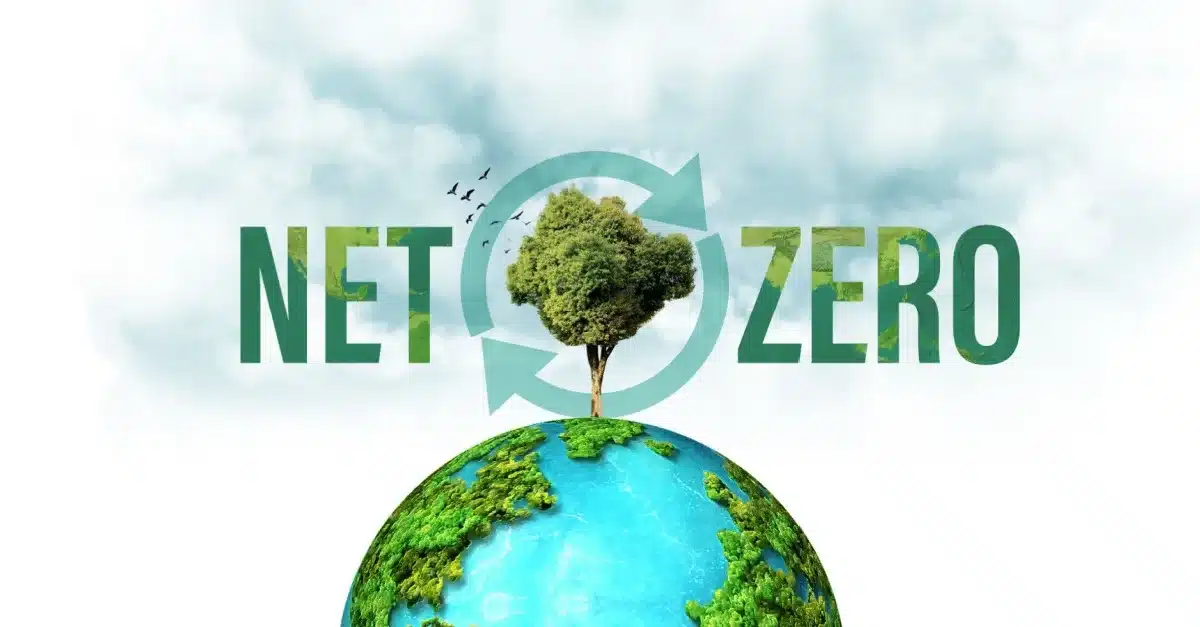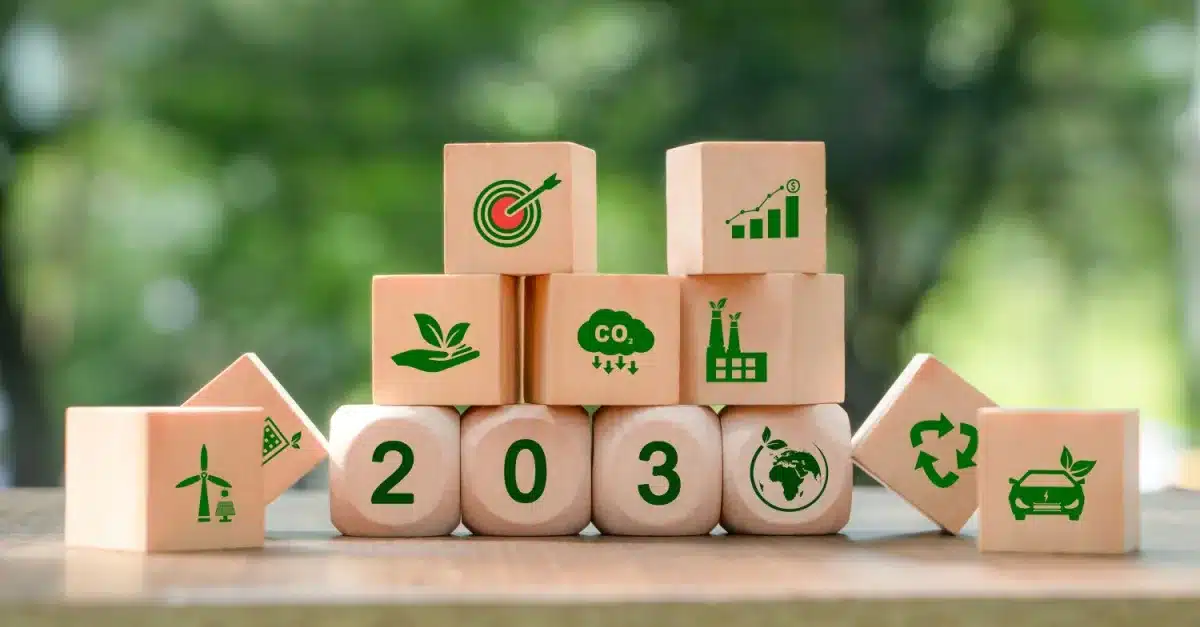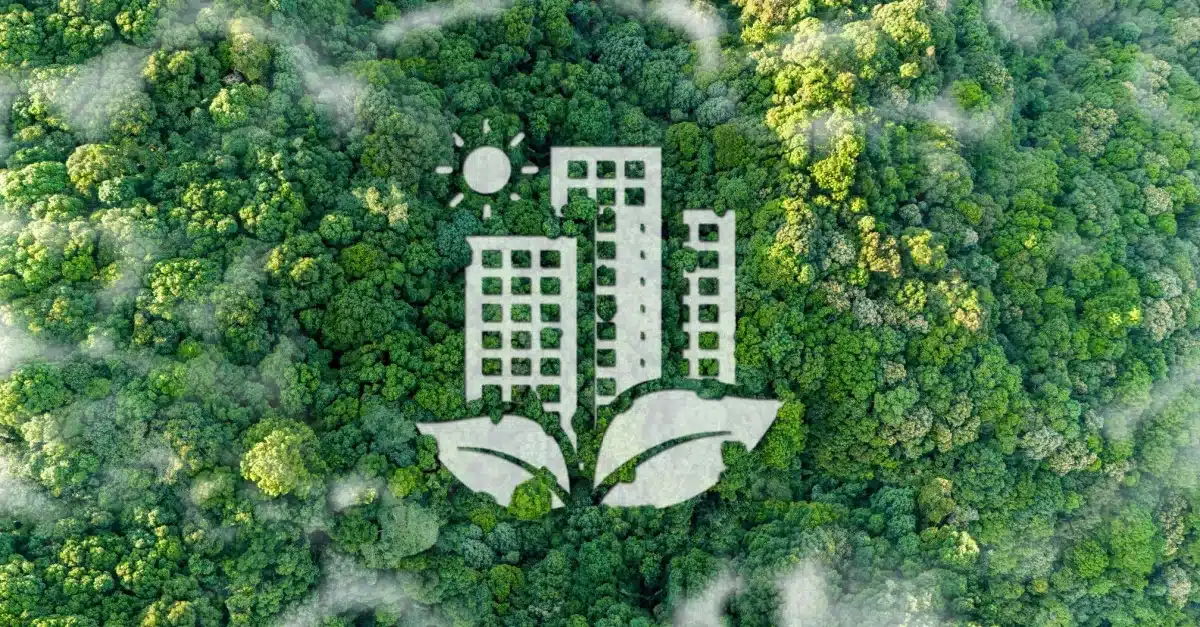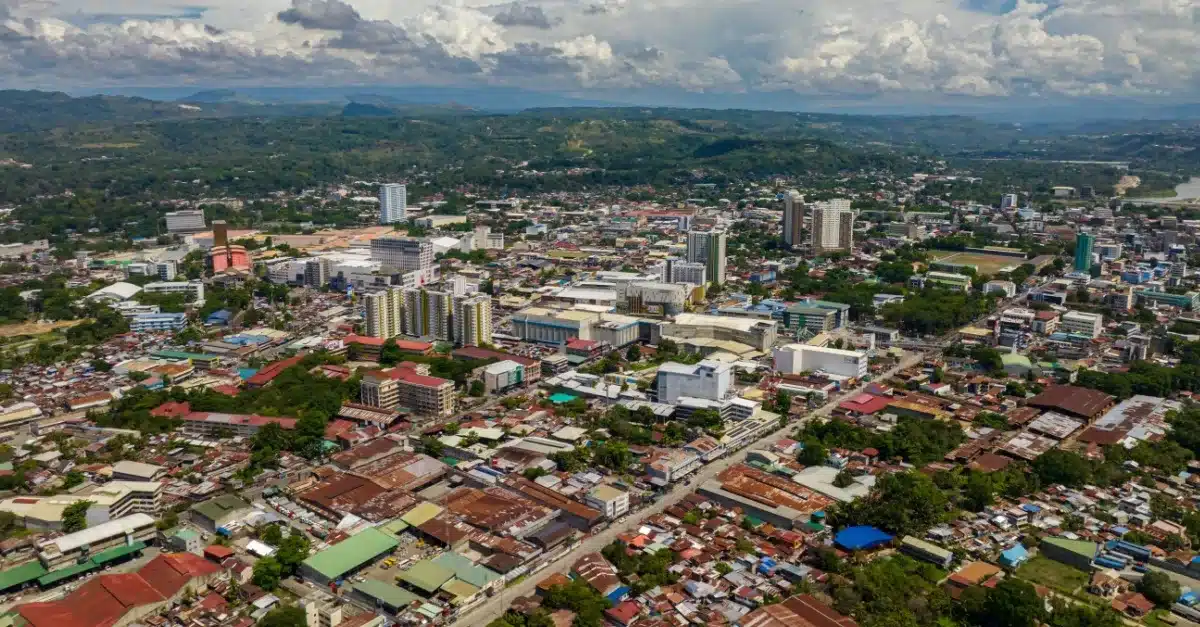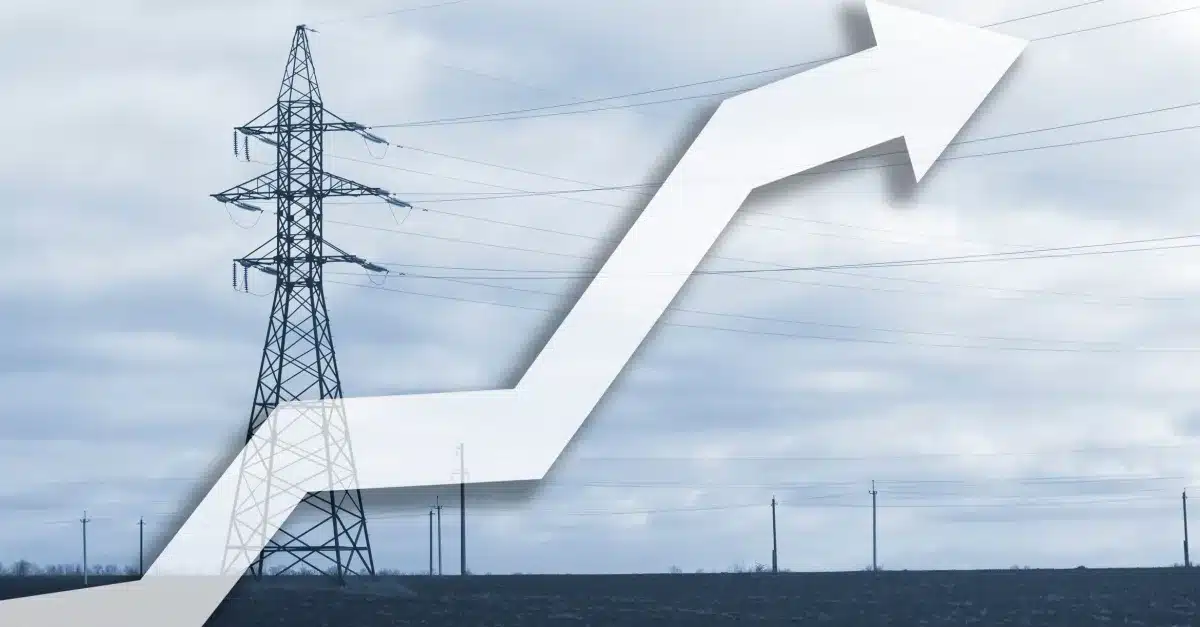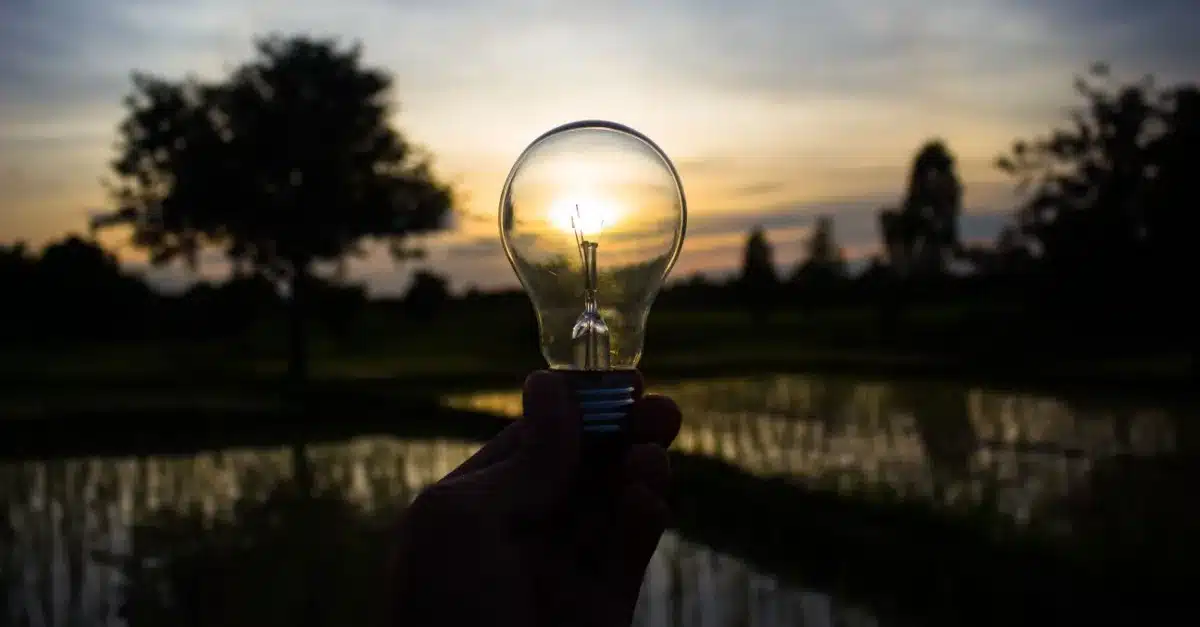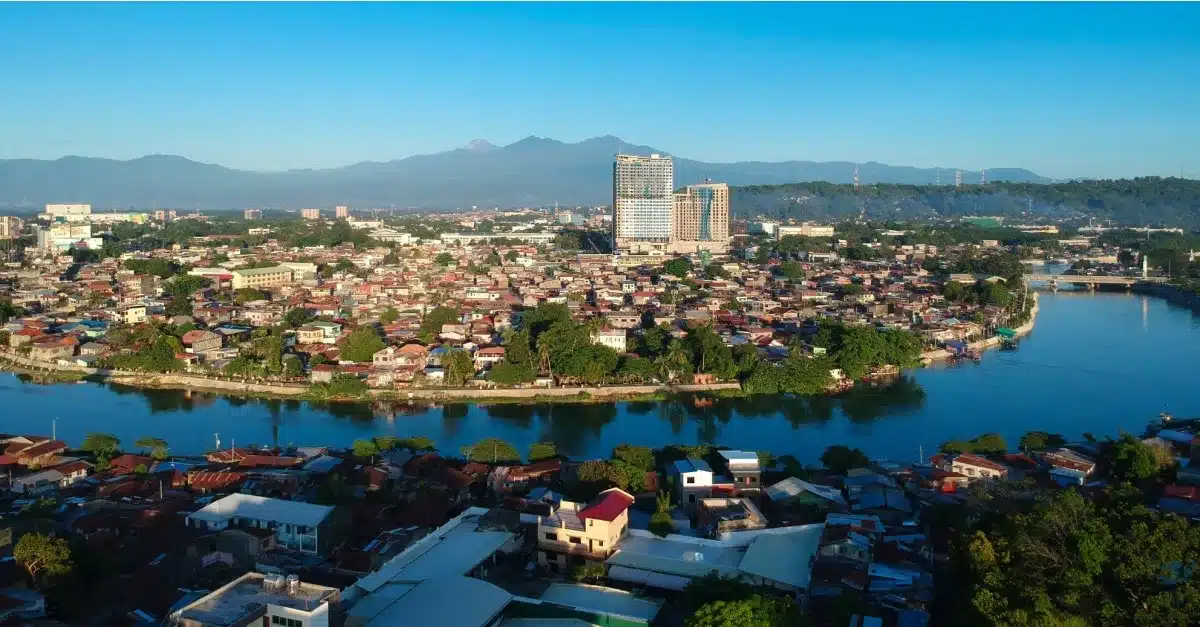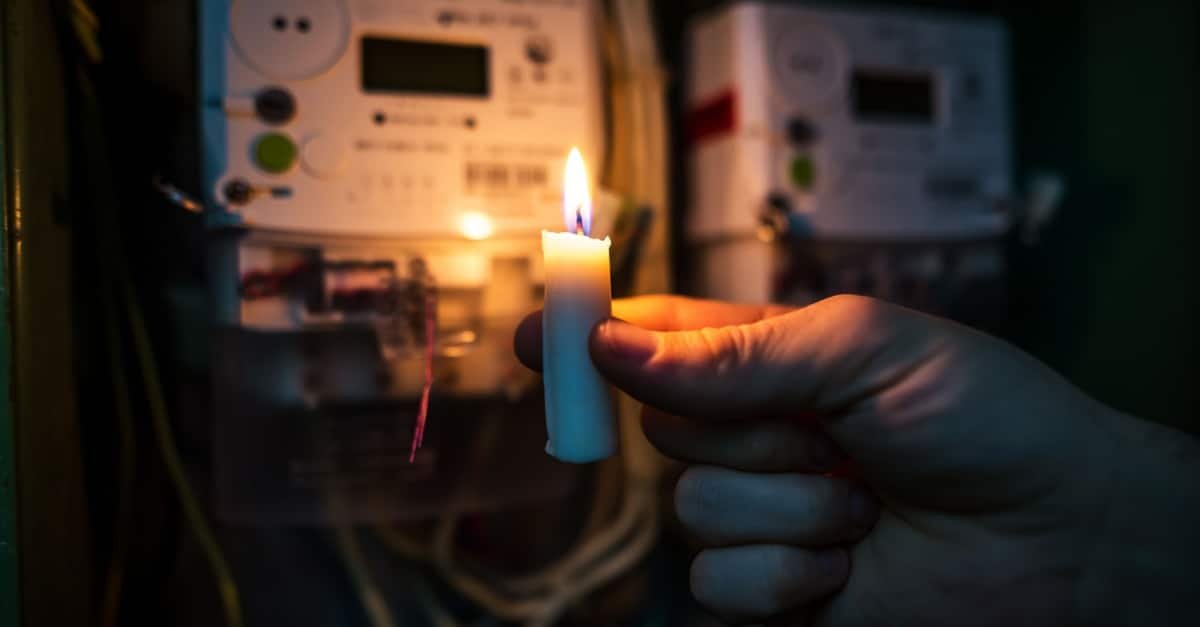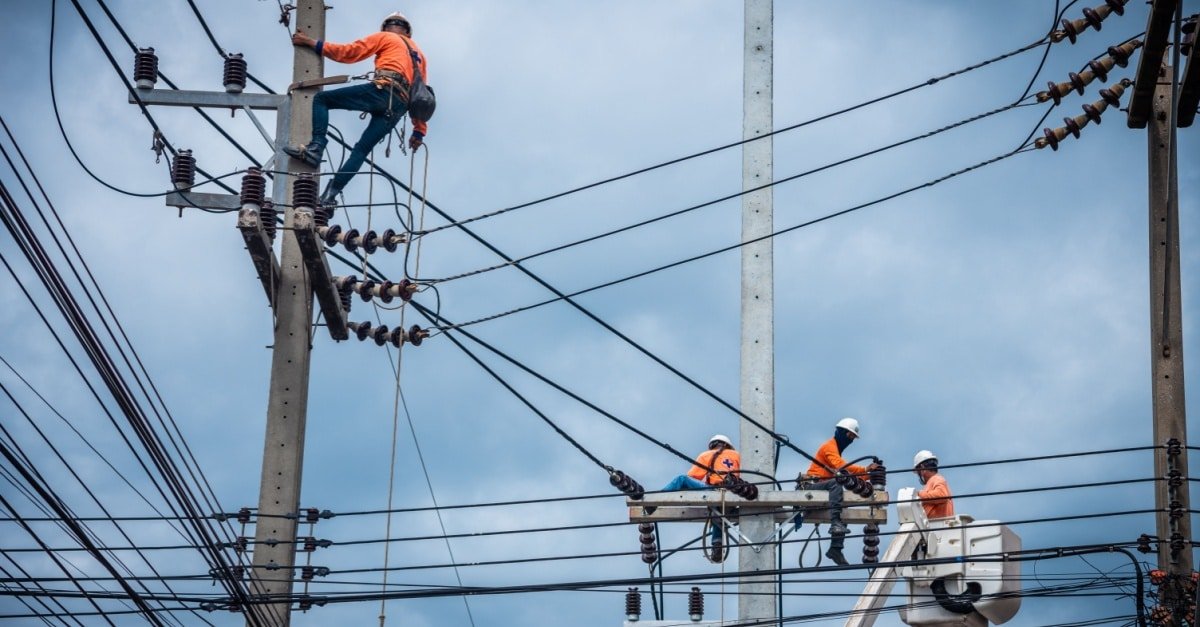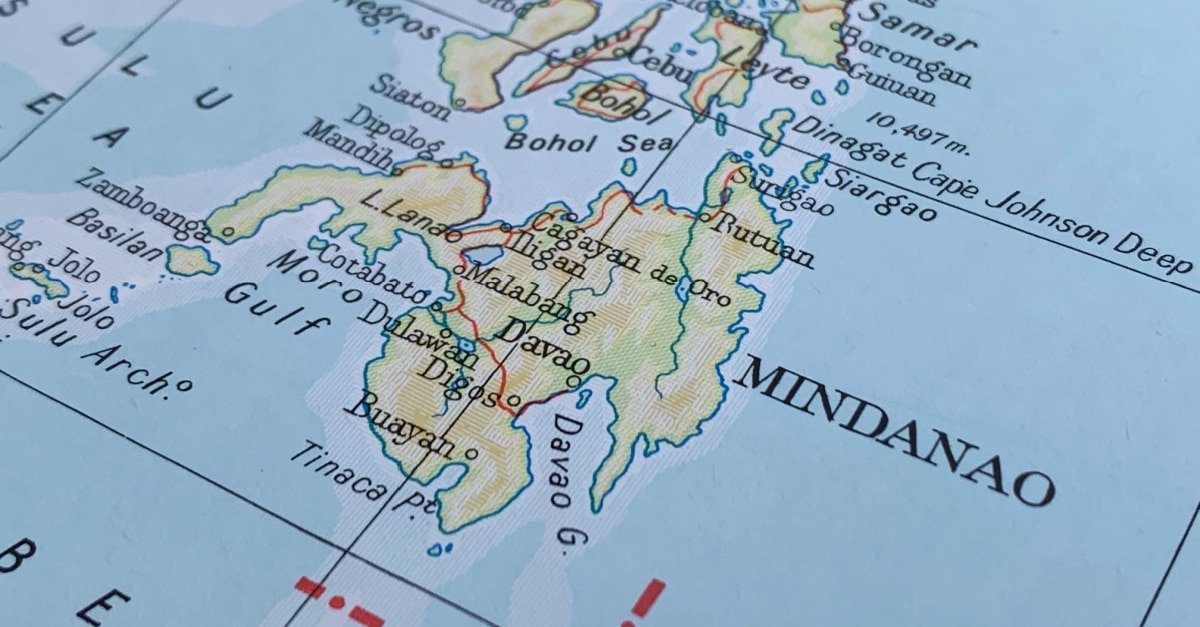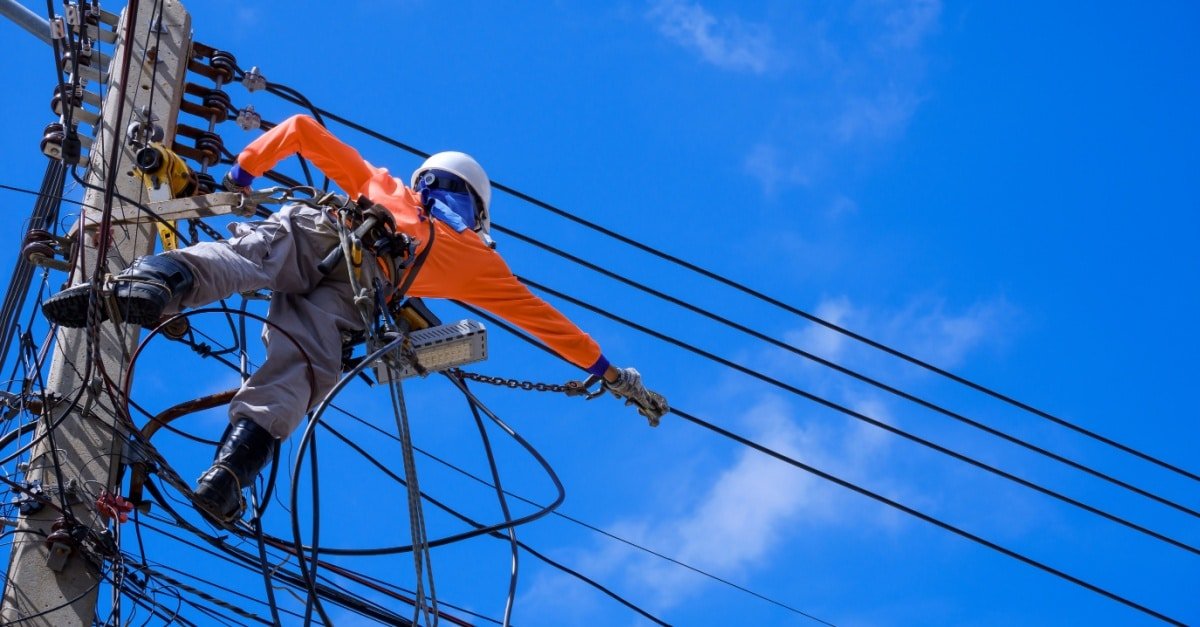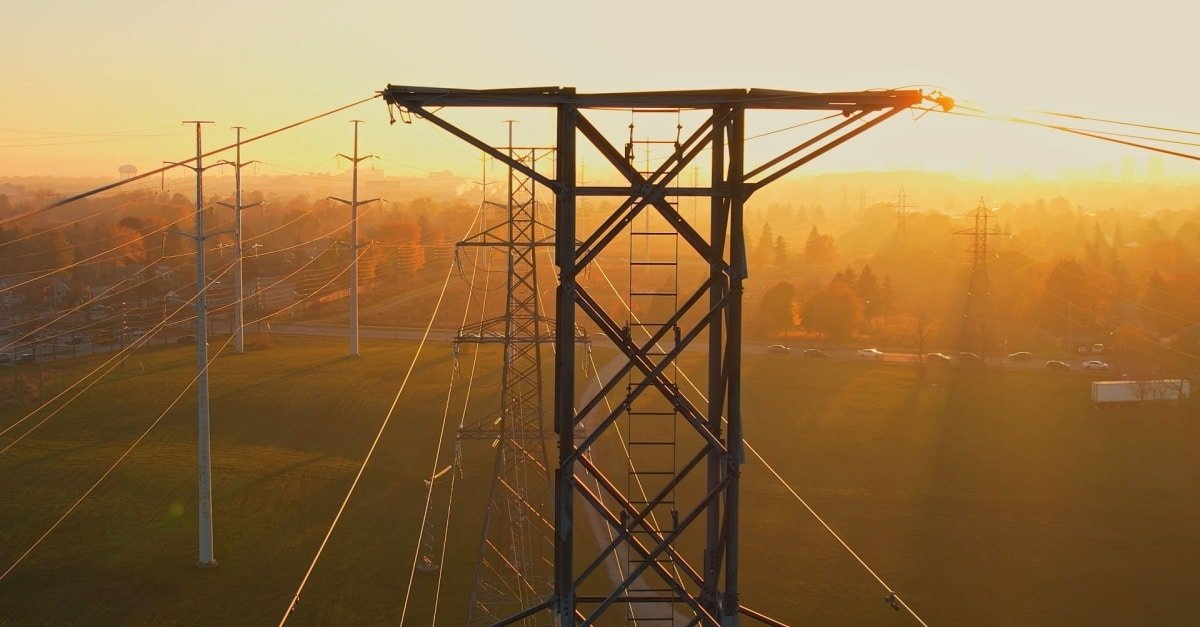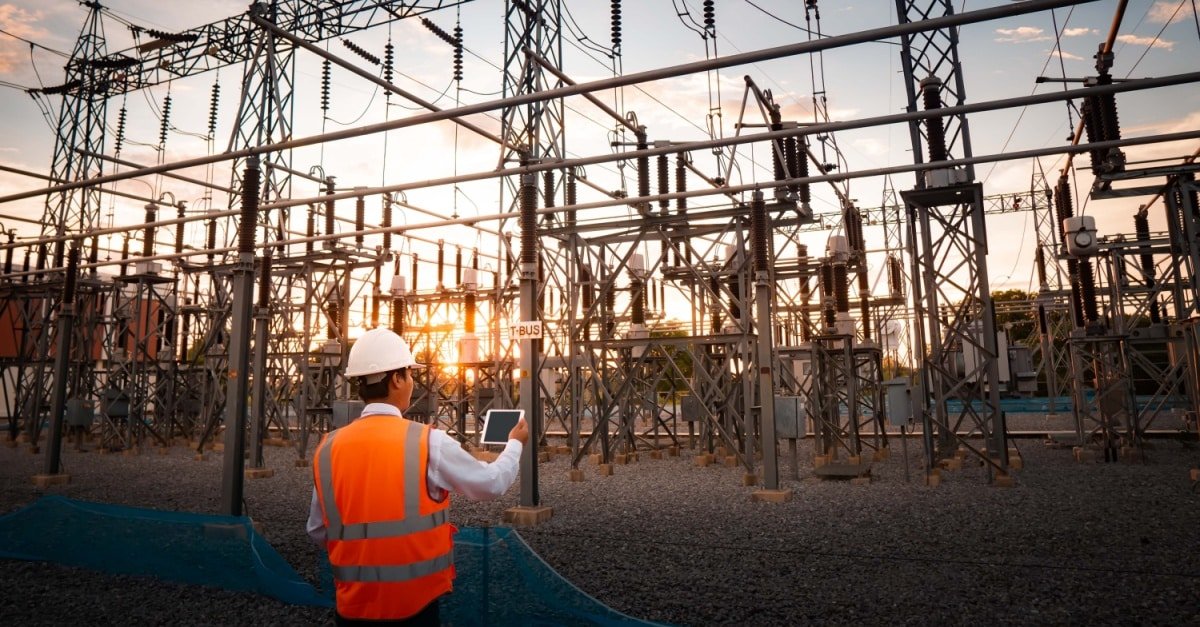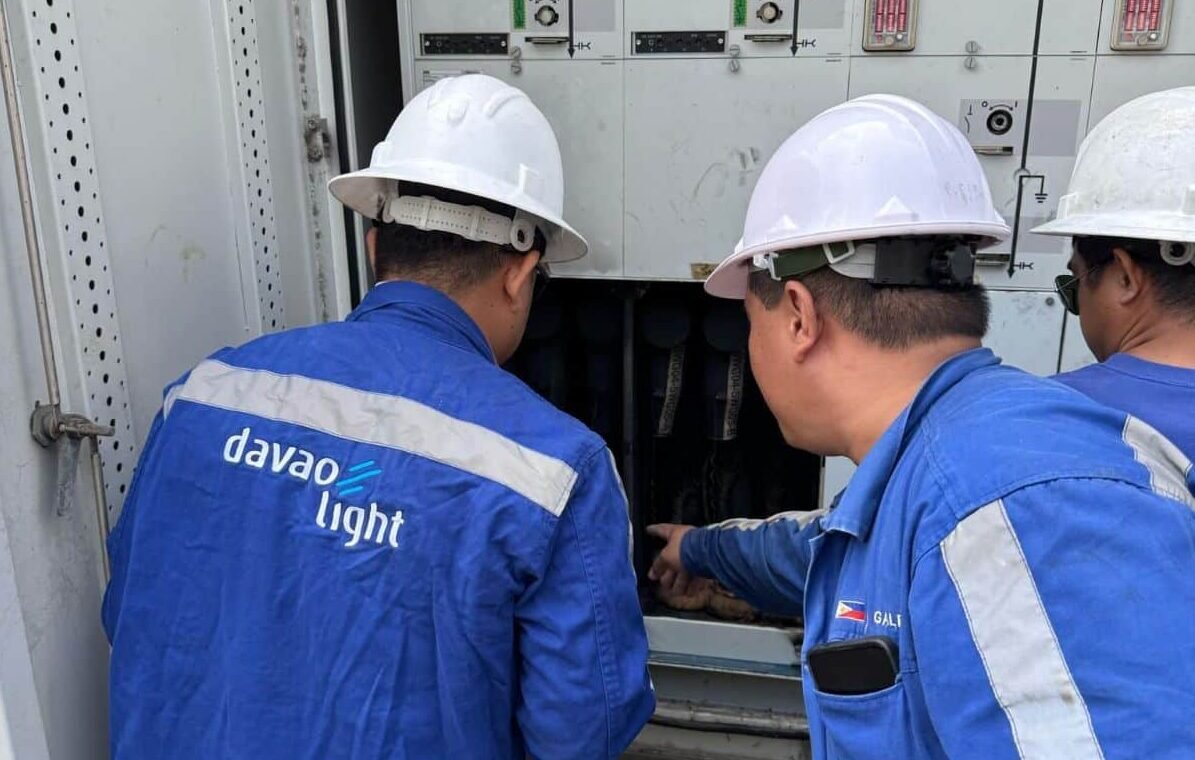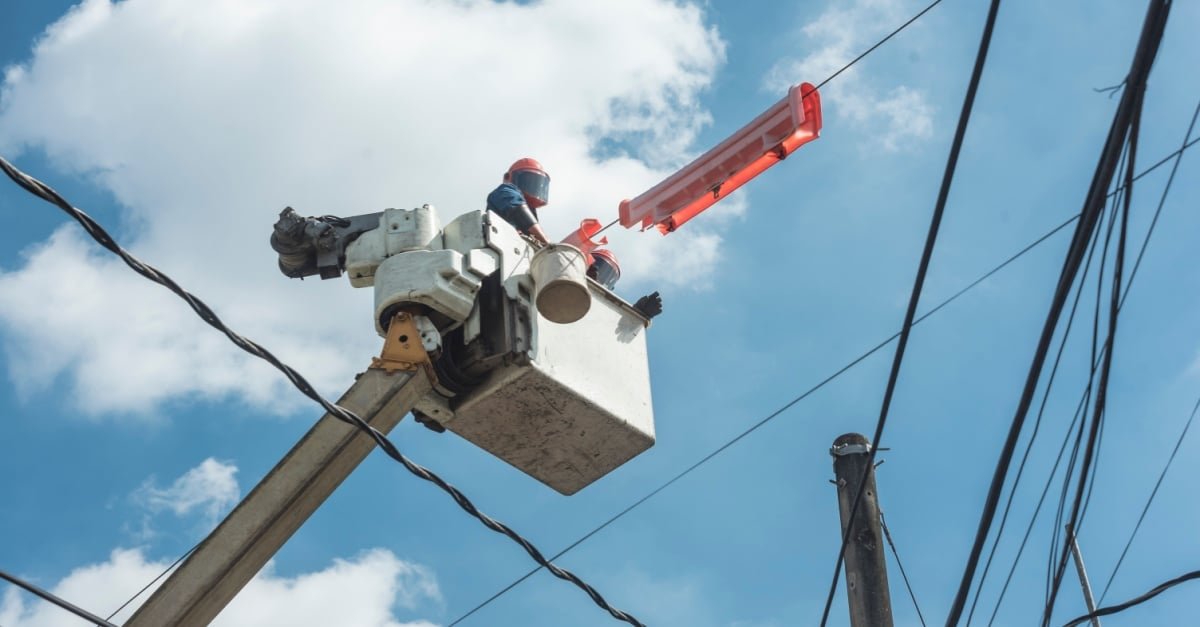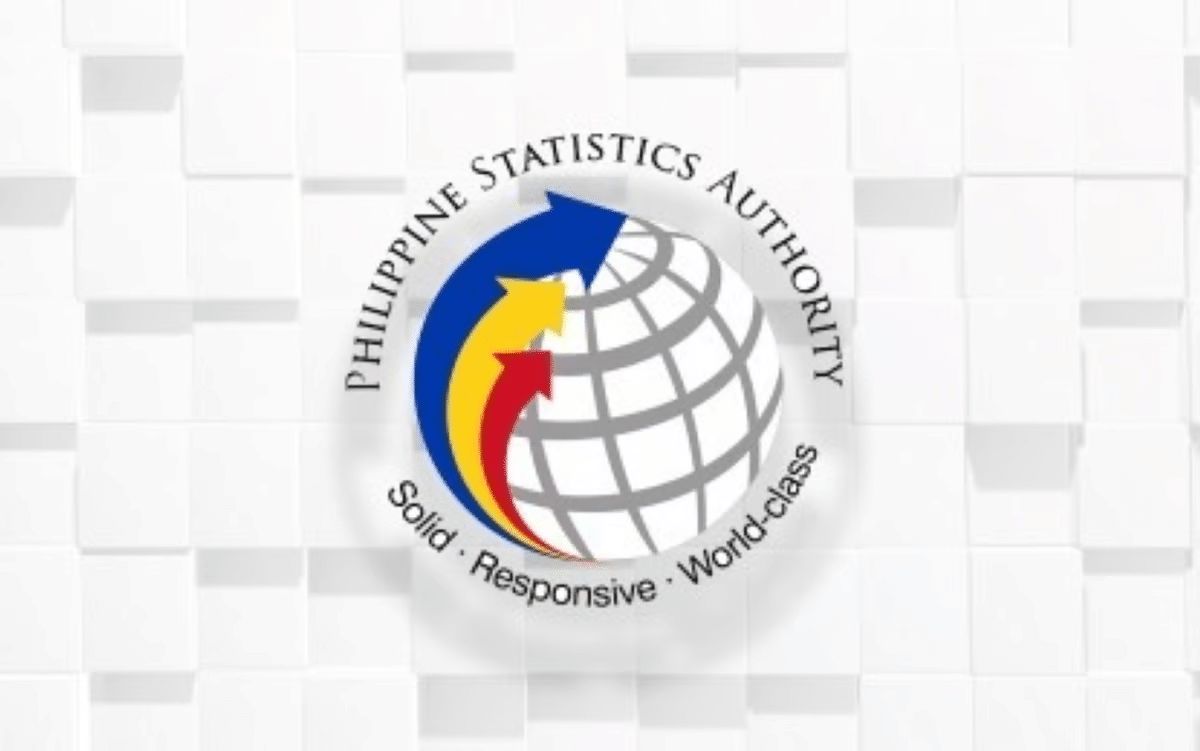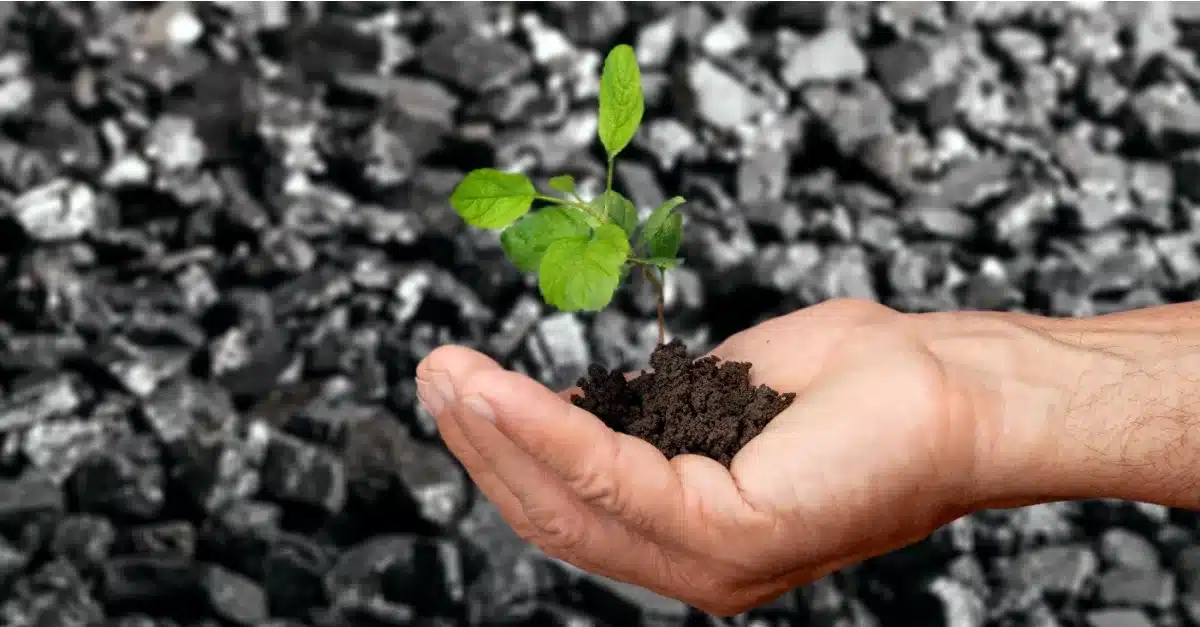
Table of Contents
An article published in early September caused confusion after it quoted Department of Energy (DOE) Energy Policy and Planning Director Michael Sinocruz as saying the agency was considering shutting down coal mines nationwide.
Sinocruz explained that the DOE, in partnership with the United Nations Office for Project Services, was conducting a study on the potential impact of closing coal mines and power plants. “I told them that we need to study the impact if we’re going to close down our coal mines and coal power plants,” he said during the Philippine Energy Transition Dialogue 2025.
However, DOE Undersecretary Mylene Capongcol clarified that Sinocruz’s remark had been taken out of context, stressing the agency was not pushing for an outright shutdown of coal mines.
She explained that even as the country accelerates its renewable energy (RE) expansion, coal mining remains necessary for producing “green metals” essential for batteries, electric vehicles (EVs), and other clean energy technologies. “We’re not really going to close down coal mines in the country… So [mines are] still important,” Capongcol said.
The Department of Energy (DOE) highlighted that while coal continues to dominate the Philippines’ energy mix, its global carbon footprint is minimal. Based on the 2023 European Commission – Emissions Database for Global Atmospheric Research (EDGAR) data, China generated 29.2% of global emissions in 2022, Indonesia 2.3%, while the Philippines contributed just 0.5%.
(Also read: How Reliable Power Fuels Mindanao’s Rising Economy)
Understanding coal use in PH
For Manila Times columnist Ben Kritz, the confusion might have stemmed from the distinction between coal mining and coal-fired generation. He noted that shutting down local mines would not speed up the phaseout of coal plants, nor would ending coal power make the mines irrelevant, since Philippine facilities rely only minimally on domestic coal.
Last June, the Department of Environment and Natural Resources (DENR) issued Semirara Mining and Power Corp. (SMPC) an amended environmental compliance certificate for its planned ₱291-billion coal mine expansion in Antique.
“This amendment supports SMPC’s ongoing operations and is consistent with the mine plan approved by the DOE,” stated the country’s largest coal producer, which exports coal to China, South Korea, Brunei, and other neighboring economies.
According to Kritz, the Philippines has large coal reserves, but most are either hard to mine or of poor quality. Much of it is subbituminous, a low-grade fuel that yields little energy, so only a small share is used in local plants. Most power producers still rely on higher-grade imported coal.
He added that DOE data point to domestic coal output of 16.77 million metric tons (MMT) in 2024, nearly all from SMPC. Of this, 8.4 MMT went to exports, mainly to China and Korea, while the Philippines imported 39.87 MMT, mostly from Indonesia. Separate DOE figures show that around 4.2 MMT of local coal were used for cement and other industries, leaving only about 10% of national coal consumption for power generation.
Kritz said that while phasing out both coal mining and coal power are worthwhile goals, they are “completely different” in the Philippine context. He cautioned that pursuing them without care could lead to unintended consequences, stressing the need for “effectiveness rather than speed.”
(Also read: Why Camiguin Urgently Needs Reliable Power)
DOE affirms coal’s role
Energy Secretary Sharon Garin earlier signaled that the DOE may grant exemptions to the 2020 coal moratorium, citing proposals for “own-use” plants meant to supply companies’ internal needs. She stressed that while the ban was intended to ease coal reliance and expand renewables, coal remains necessary as baseload power.
Meanwhile, Philstar columnist Bienvenido Oplas noted that in July 2025, inflation fell to 0.9%, the lowest in nearly six years. With coal and gas providing three-quarters of the country’s power, WESM rates held at ₱4/kWh from May to July.
“We need more conventional energy sources like coal to stabilize power supply, continue energizing our rising industry/manufacturing and services sectors, and keep overall consumer prices stable,” he wrote.
According to a conference paper presented in Singapore, the Philippines’ shift to RE is steadily advancing, but challenges remain in keeping prices stable and supply reliable. The study pointed out that variability in solar and wind output, driven by weather and technical limits, complicates grid management. “While RE reduces dependence on fossil fuels, it can also increase price volatility and financial risk if not managed properly,” the paper noted. Without stable power sources, the country risks blackouts that could undermine jobs, the economy, and energy affordability.
Germany’s recent experience underlines this warning. After years of pushing wind and solar to form the backbone of its energy system, the country has seen clean energy output drop sharply in early 2025—wind in particular—leading to higher reliance on coal and other fossil fuels to fill the gap.
Conventional coal plants have been reactivated temporarily to safeguard grid stability. While these moves are often framed as emergency or stopgap measures, they reveal the challenges Germany faces in moving away from traditional fuels too quickly.
Meanwhile, Kritz reminded that under the Philippine Energy Plan, coal power will steadily decline through 2050 but not vanish entirely, given its current share of more than 60% of generating capacity.
“That may not be ideal or appealing, but it is certainly realistic,” he said, adding that it would be more practical to channel domestic coal toward newer, cleaner-burning plants to cut import dependence by about 30%.
While coal’s dominance in the Philippines has drawn criticism, it is important to note the scale of its impact in perspective: the country accounts for barely half a percent of global emissions. In the grand scheme, this is almost negligible compared to the world’s largest emitters. This makes a pragmatic case for maintaining coal as a stabilizing force in the energy mix—gradually tapering its share while ensuring that affordability, jobs, and industrial growth are not sacrificed in the process.
Sources:
https://business.inquirer.net/544996/govt-eyes-coal-mining-shutdownhttps://mb.com.ph/2025/09/15/doe-no-plan-to-close-coal-mineshttps://www.manilatimes.net/2025/09/07/opinion/columns/mixed-messages-from-the-doe/2180137
https://www.philstar.com/business/2025/08/07/2463585/coal-power-plants-and-inflation-control



